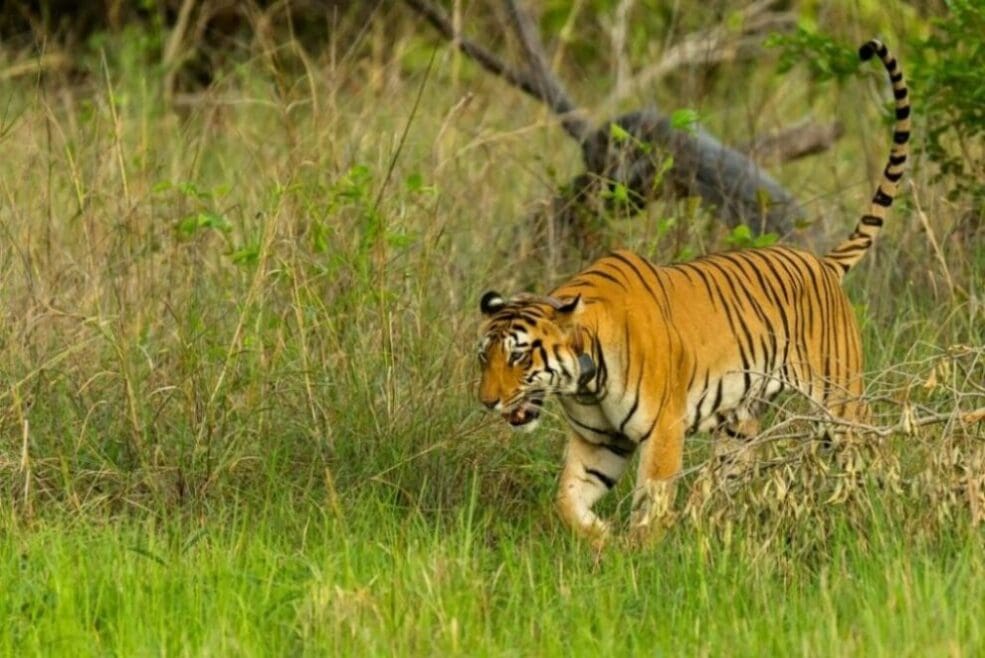Phnom Penh, Cambodia (AFP) – India will send four tigers to Cambodia this year in a “historic” bid to revive the kingdom’s big cat population, Delhi’s ambassador said Thursday.
Cambodia’s dry forests were once home to scores of Indochinese tigers but conservationists say intensive poaching of both tigers and their prey has devastated their numbers.
The last sighting of a tiger in the Southeast Asian kingdom was from a camera trap in 2007 and the cats were declared “functionally extinct” in Cambodia in 2016.
The new arrivals will be sent to a 90-hectare (222-acre) forest inside a wildlife sanctuary in the Cardamom rainforest to acclimatise to their new home before being released into the wild, according to officials.
Officials in February installed more than 400 cameras at one-kilometre intervals in the reserve in the Cardamom Mountains to monitor wildlife, particularly animals that tigers prey upon, such as deer and boar.
Before sending the tigers -– one male and three females –- India wants to ensure there is sufficient prey and no possibility of poaching, said Indian ambassador Devyani Khobragade.
As soon as data on the prey arrives and the monsoon season eases, “we should have these tigers”, she told reporters in Phnom Penh.
“Hopefully it could be even before November or December.”
“If the project is successful, that will be the first translocation project of tigers anywhere in the world,” she said.
“This is a historic project.”
Both Cambodia’s environment ministry and conservation group Wildlife Alliance (WA) said they were confident the area was ready for the tigers, which were first promised to Cambodia in a deal signed in 2022.
“There is no snare present in the core zone of the tigers, it’s zero, it is going to stay that way,” WA founder and CEO Suwanna Gauntlett said.
Sixteen ranger stations have been set up around the area, along with a station to monitor the tigers, an enclosure, a prey tunnel, and a dedicated water supply, she said.
The tigers will be tagged with monitoring devices for the safety of the animals and nearby villages, officials said.
Several more tigers will be imported over the next five years if the project goes smoothly, according to Cambodian environment ministry officials.
Deforestation and poaching have devastated tiger numbers across Asia.
Cambodia, Laos and Vietnam have all lost their native populations, while Myanmar is thought to have just 23 tigers left in the wild.
India’s wild tiger population now exceeds 3,600, according to government figures released last year, following a massive conservation campaign.
suy/sah/pbt
© Agence France-Presse
Featured image credit: shravan khare | Pexels




